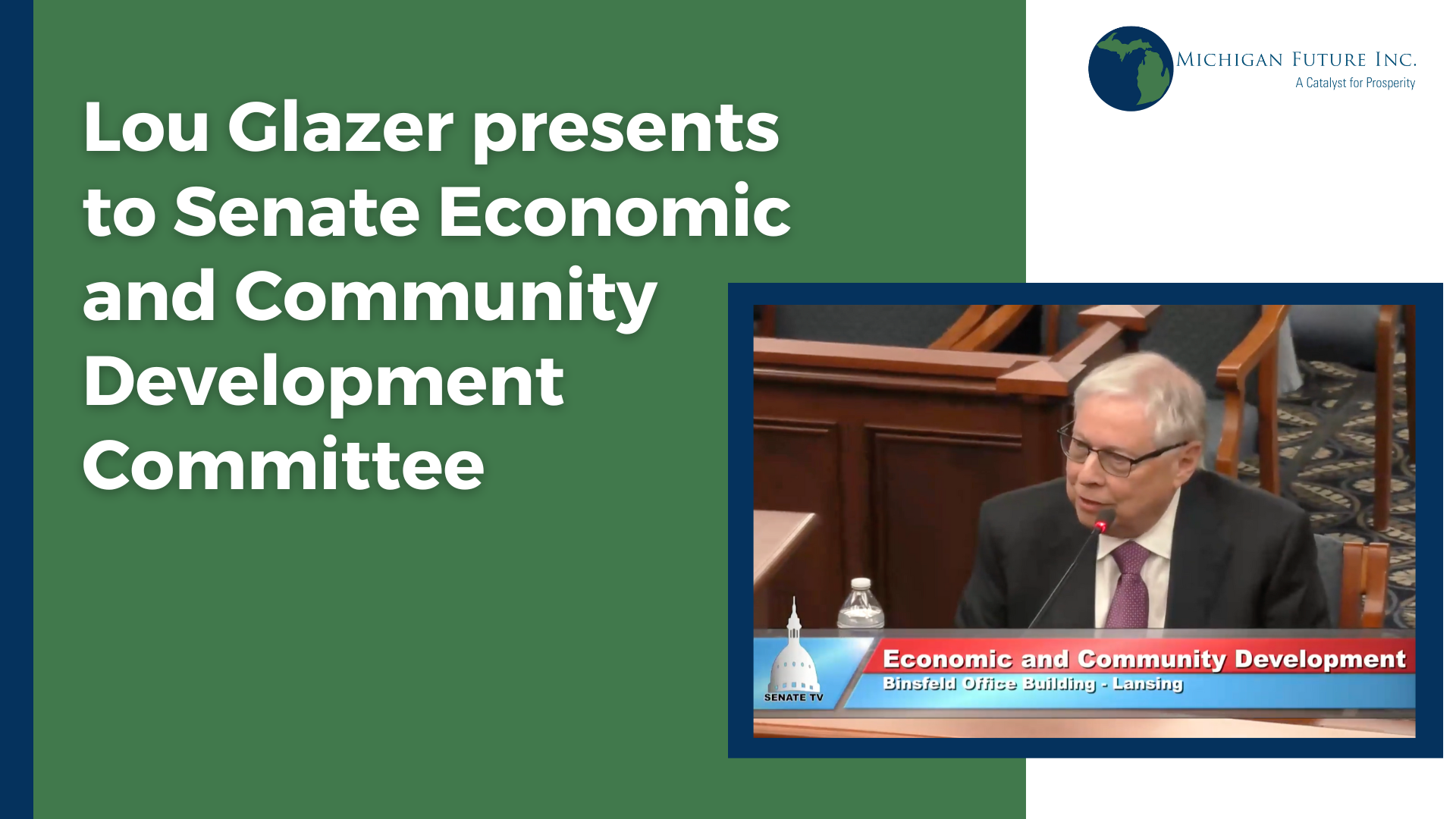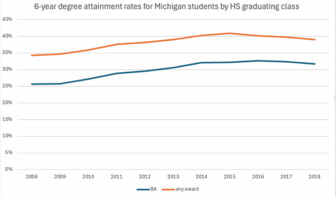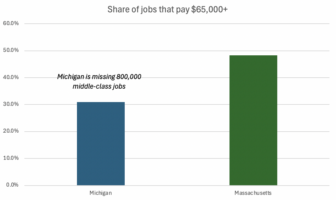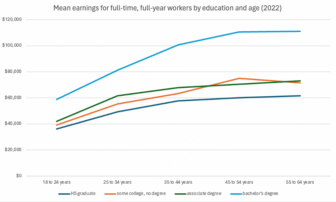The revival of Detroit is happening, slowly but surely. The best indicator is the pulse of the so-called “creative class” that are typically the first to re-enter and re-catalyze an urban area.
This weekend, I met up with a friend who is a prototype of the creative class – an artist and musician who organizes underground music events, plays shows on tours around the country , and works freelance as a computer programmer. And, he has been living in downtown Detroit for almost ten years. He is living the pulse.
His response to why Detroit is a great place to be an artist – space, food, and time.
For 1/4 the cost of a renting a single room in Chicago or New York, my friend has a stunning and raw 1000 square loft with 20 foot high ceilings that he shares with one other person. For a quarter the cost, he gets 10 times the space in Detroit. He has all the room he needs to live, to create music and art, and to put on events in his space.
Untrue to the common gripe about no grocery stores in Detroit, my friend is within walking distance to fresh, local, inexpensive food 365 days a year at Eastern Market, the largest open air market in the country. In fact, this weekend, bell peppers were selling 5 for a dollar – can’t beat that.
Unless, of course, you are growing it yourself. My friend also had a vegetable garden outside his building, one of an increasing number of urban gardens and farms in Detroit. Detroit can now offer the cultural value of urbanity with the space and sustenance of rural living.
With less cost needed to sustain himself, he has more time for his creative pursuits. The economics of creative work, for those that want a raw urban experience, make sense right now.
And, more and more people are taking up the offer. My friend said the pulse is changing – Detroit is much better than it was 5 years ago and significantly better than when he arrived almost 10 years ago.





